Have you ever wondered why some chili peppers are incredibly hot while others have only a slight spicy aftertaste? The answer lies in the Scoville Scale , the method used to measure the spiciness of chili peppers based on their concentration of capsaicin.
What is the Scoville Scale?
The Scoville Scale is the measurement system developed in 1912 by pharmacist Wilbur Scoville . Its purpose was to quantify the level of spiciness of chili peppers through units of measurement called Scoville Heat Units (SHU) . The higher the number of SHU, the higher the concentration of capsaicin and therefore the burning sensation.
How does the Scoville Scale work?
Originally, the Scoville test involved diluting chili pepper extracts in sugar water until the heat was no longer detectable by tasters. Today, the scale is based on more scientific methods, such as high-performance liquid chromatography (HPLC), which directly analyzes the amount of capsaicin present .
Examples of Chili Peppers and their Scoville Scale Ratings
- Sweet Pepper: 0 SHU – Capsaicin Free
- Calabrese Chili Pepper: 50,000-100,000 SHU – An Italian excellence for those who love balanced spiciness. Find out more about Why choose Calabrese Chili Pepper .
- Cayenne: 30,000-50,000 SHU – One of the most commonly used chili peppers in cooking
- Habanero: 100,000-350,000 SHU – Intense spiciness and fruity flavor
- Carolina Reaper: 2,200,000 SHU – The hottest chili pepper in the world! Discover the complete ranking of the 10 hottest chili peppers .
Capsaicin: The Active Ingredient in Chili Peppers
Capsaicin is the chemical compound that stimulates the pain receptors in our mouth , causing the burning sensation. In addition to spiciness, it offers numerous health benefits , such as improving metabolism and reducing cholesterol. Discover all the benefits of hot chili peppers .
Chili Pepper and Health: When to Avoid It?
Although chili peppers are beneficial, some people should limit their consumption. For example, those who suffer from high blood pressure may have particular reactions. Read more about Chili Peppers and High Blood Pressure . Those with gastrointestinal problems should also be careful: here's when not to eat chili peppers .
The Differences Between Chili Peppers: Which One to Choose?
If you’re curious about which type of chili pepper is right for you, check out our guide on the differences between fresh, dried, and powdered chili peppers .
How to Use Chili Peppers in Cooking
Want to add a touch of spiciness to your dishes? Try our chili pepper in oil , perfect for enriching each dish with a touch of balanced spiciness. If you prefer a more natural version, try the fresh chili pepper .
Conclusions
The Scoville Scale is the gold standard for determining the spiciness of chili peppers , providing clear guidance for all enthusiasts. Whether you're a moderately spicy fan or a daredevil ready to take on the most extreme chili peppers, knowing the Scoville level of each variety will help you choose the right one for you .
Discover our chili peppers in oil and fresh chili peppers to bring the best of spicy tradition to your table!

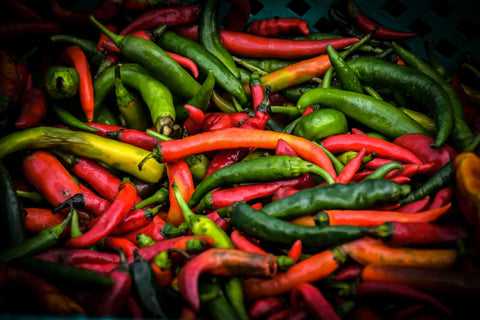
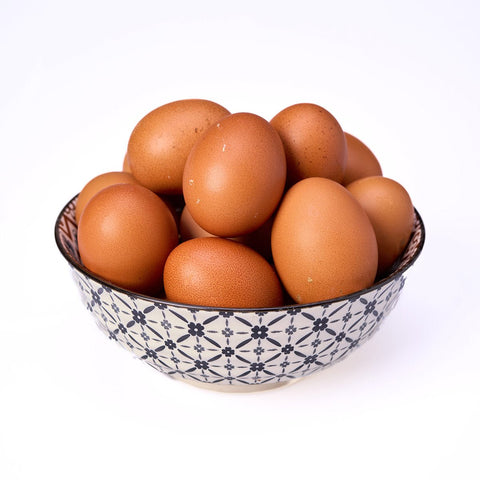
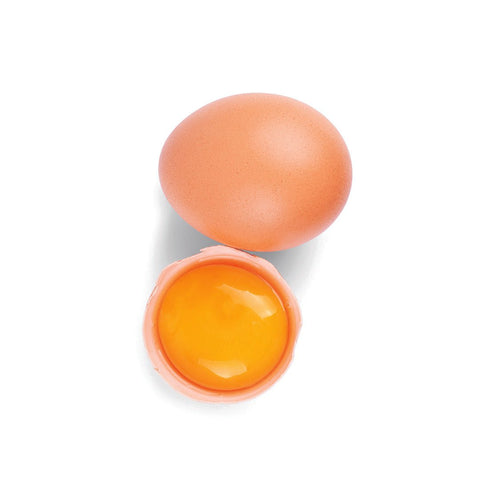
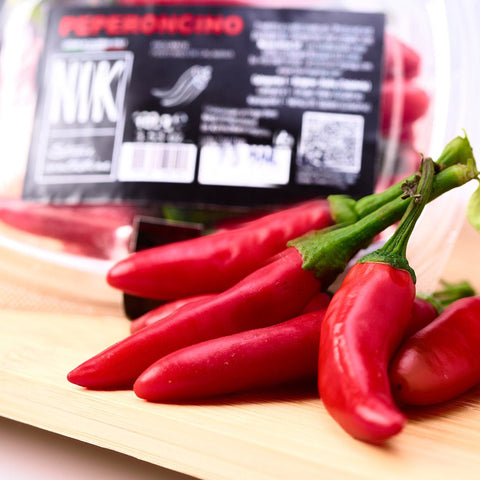
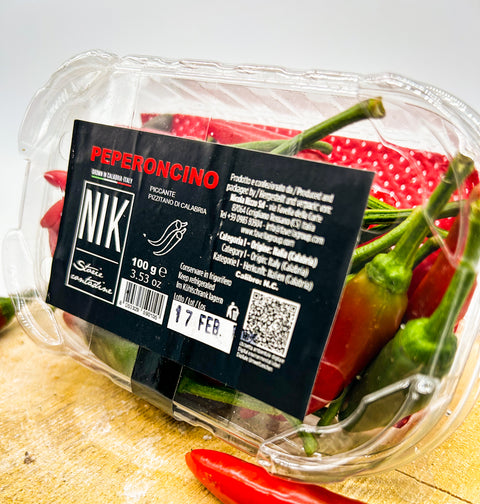
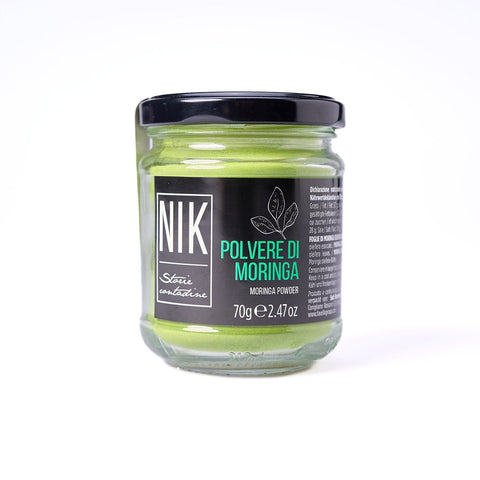
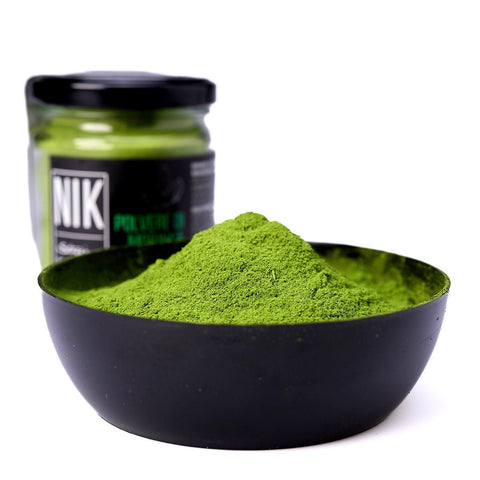
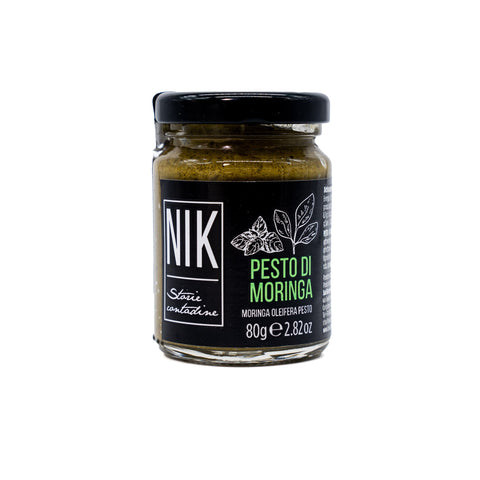
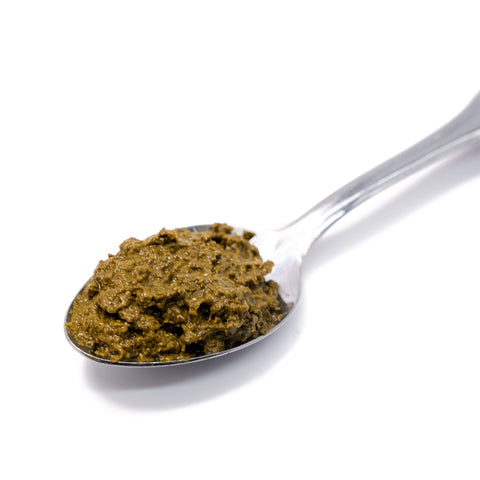
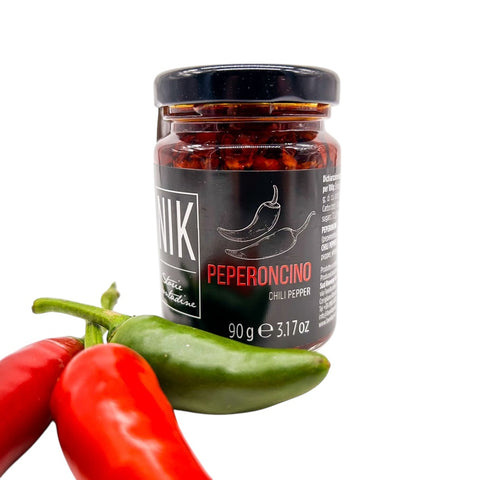
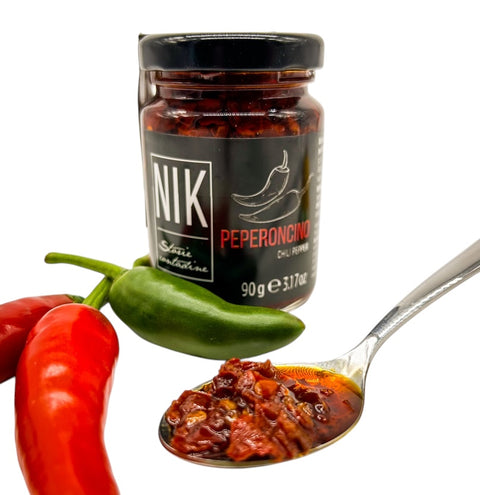
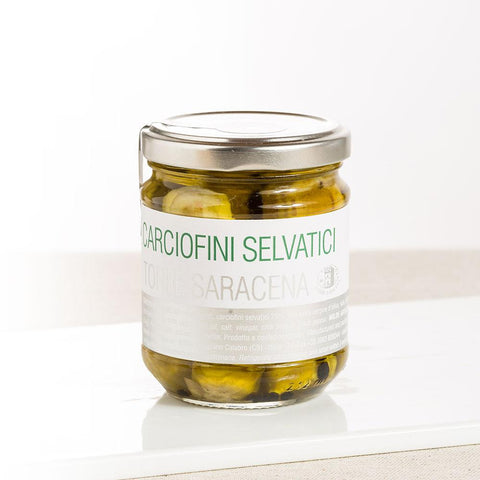
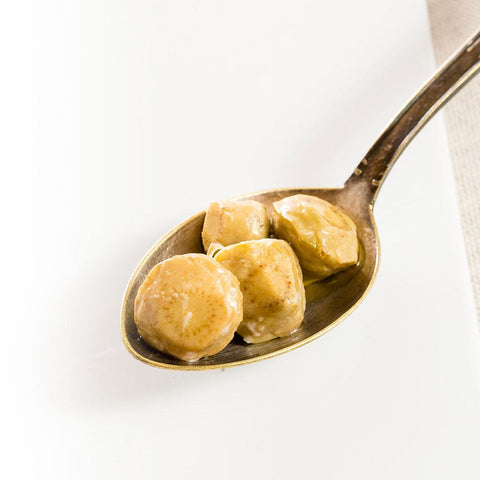
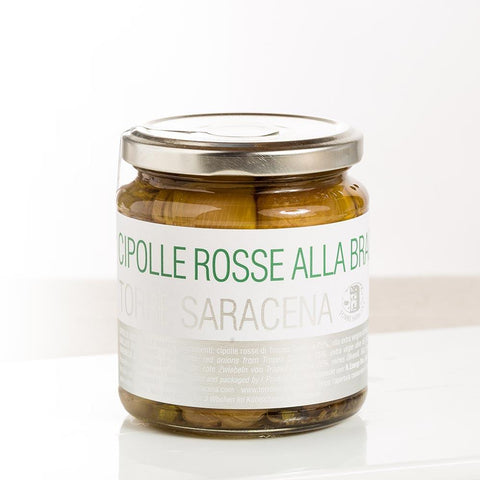
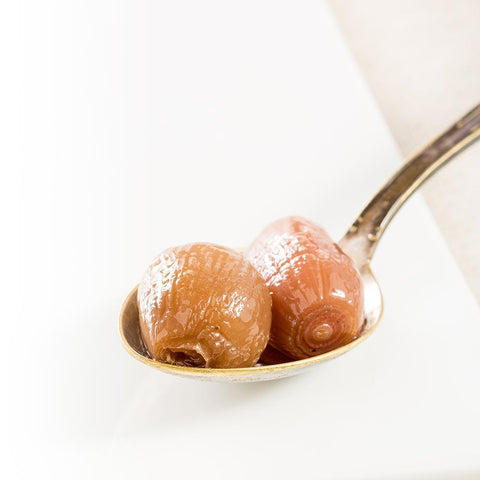
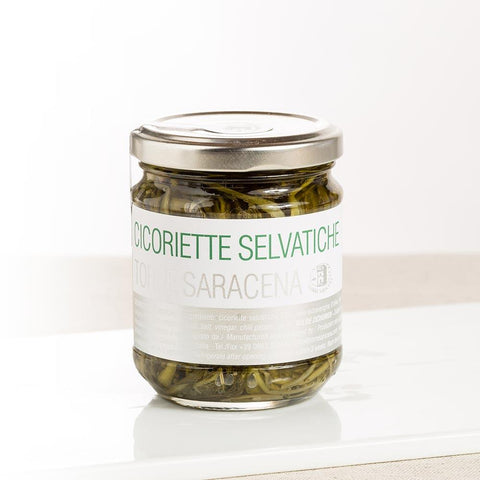
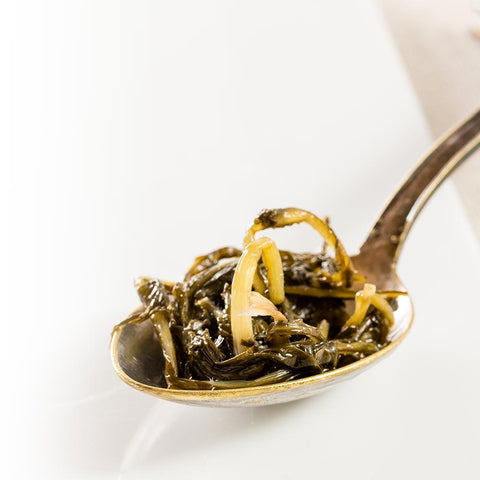
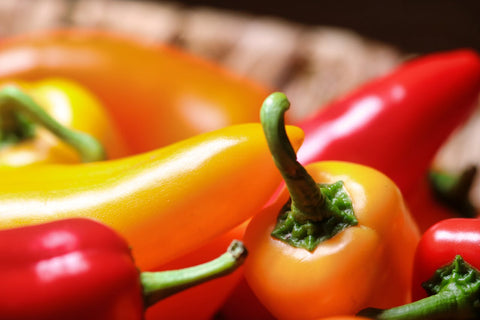
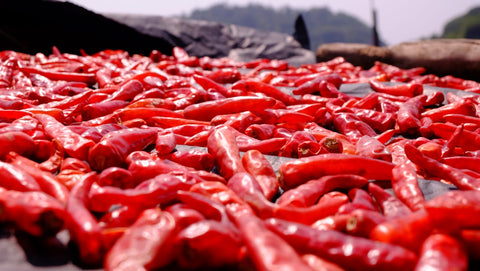
Comments (1)
Peperoncino calabrese 50.000 – 100.000 ? Il Diavolicchio Calabrese, top del top, arriva appena a 40.000…